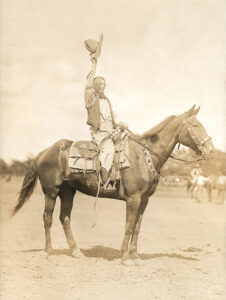Declaration: The Nine Tumultuous Weeks When America Became Independent, May 1-July 4, 1776
by William Hogeland; Simon & Shuster
In the spring of 1776, the very idea of independence embodied by the founding document we all now hallow, was viscerally, almost fatally divisive. So those now-fabled weeks in Philadelphia leading to America’s declared birth actually rode a mind-bending, conspiratorial complexity. At times, in Hogeland’s provocative telling, the debates and drama resemble our era’s relentless political face-offs and stalemates, complete with overheated rhetoric, vicious ad hominem attacks, factional media amplification, endemic manipulation and subterfuge, and carefully hidden agendas.
Gentlemen of the colonial Whiggish elite, many of whom would lead the Revolution, weren’t about to share governing with the lower and middling sorts. But restive members of those classes, especially in Pennsylvania and western Massachusetts, were already demanding and acting on the right to organize themselves. This, they claimed, sometimes violently, was a self-evident extension of the revolution they wanted.
Central to the endless multifaceted scheming around independence was Samuel Adams, who kept to the shadows with remarkable finesse during his righteous pursuit: to transform his home colony of Massachusetts into a “Christian Sparta.” To Adams, that necessarily meant stopping at nothing and stooping to anything to cut all the American colonies loose from decadent British rule, though he had no Puritan love of Anglican planters or Presbyterian hardscrabble farmers—or even democracy.
His imperious chief deputy, cousin John, wove alliances of convenience with populist leaders like Thomas Paine, whose democratic ideas and distasteful person he despised and feared. Patrician Virginia slaveowner Richard Henry Lee, John’s foremost ally in the Continental Congress, helped him undercut Pennsylvania’s Whig assembly, led by John Dickinson, to replace it with citizens committees elected by near-universal male suffrage. The primary aim of the Adams cousins and Lee was to weaken the Keystone State’s vantage as leader of the Middle Atlantic colonies, which favored reforming the colonial-motherland relationship, not revolution—and thus ensure a congressional majority for independence.
How these, and other entwined political and social dramas, played out is the rich material of this feisty, vivid book. Hogeland keeps things rolling and focused despite his big cast and themes. And while his acute angles on America’s dawn may ruffle preconceptions, they serve as a vital reminder: Like us, the Founders were human beings living in muddied times. Yet they created a nation whose elastic possibility and dreams reached beyond their limits and became bigger, even, than their legends.
Originally published in the August 2010 issue of American History. To subscribe, click here.




